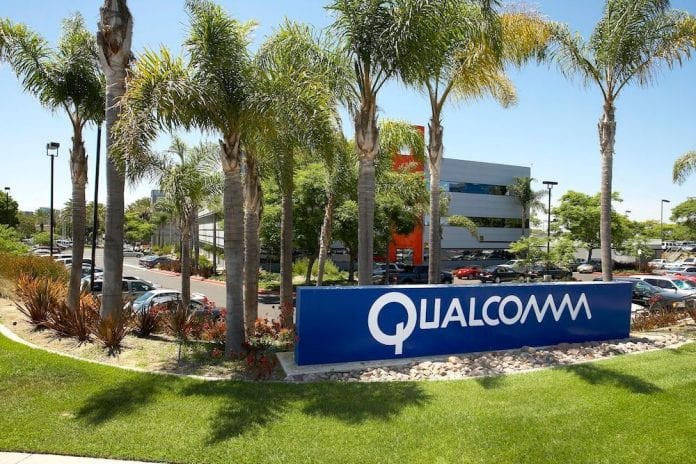Qualcomm, Inc (NASDAQ:QCOM) has come to be known by its Snapdragon line of processors or its LTE modems. The company has now embarked on a new innovation that may just be a step closer to the holy grail of smartphones. At the Mobile World Congress, Qualcomm talked about its neuromorphic Zeroth platform and Kryo (upcoming 64-bit architecture), and that it’s set to be launched this year along with the Snapdragon 820.
What is neuromorphic computing?
Neuromorphic computing, which is the basis of the Zeroth platform, is based on the gap in efficiency between computer processors and the human brain. Also known as NPU, Qualcomm’s Zeroth platform plans on bridging this gap by building processors that simulate like neurons and connect and communicate with each other the way the human brain does. It is a formidable task at hand, but its NPU architecture seems well on its way to achieving this goal.
There have been previous projects that have endeavored to accomplish this mammoth feat, such as IBM’s TrueNorth, whose one-million neuron processor consists of 4096 cores and 5.4 billion transistors.
However, what makes the NPU distinctive is its necessity to compact the same number of neurons into a much smaller core in order to ensure that it ships inside a mobile phone. Qualcomm’s main purpose is to push the boundaries of what a smartphone can accomplish and argument its capabilities by doing so.
Exciting new capabilities
In layman’s terms the Zeroth platform will adapt itself to its user’s actions and transfer the information learned across various devices. It shall identify preferences like switching between wifi, mobile network or Bluetooth based on the strength of the signal. It shall also use ‘advanced behavioral analysis’ to protect the devise against any malware and also recognize gestures and intelligently sense surroundings itself.
All this sounds very exciting but there is a certain line that must be drawn between the hype created and the fact of the matter, that is, the actual practical capability of the Zeroth platform. This innovation paves the way towards devices being actually ‘smart’ in the true sense of the term. The programming of these chips is substantially different from any other technological advancement.
A lot must go in before Zeroth is ready for seamless integration. However, from the perspective of the goal it is pursuing to accomplish, Zeroth could be the next best thing regardless of the time it takes to be released.









